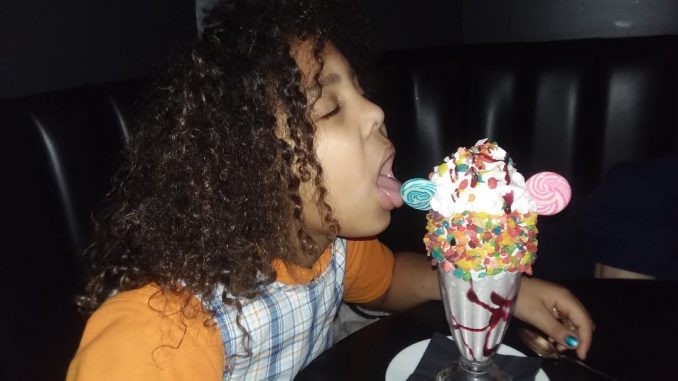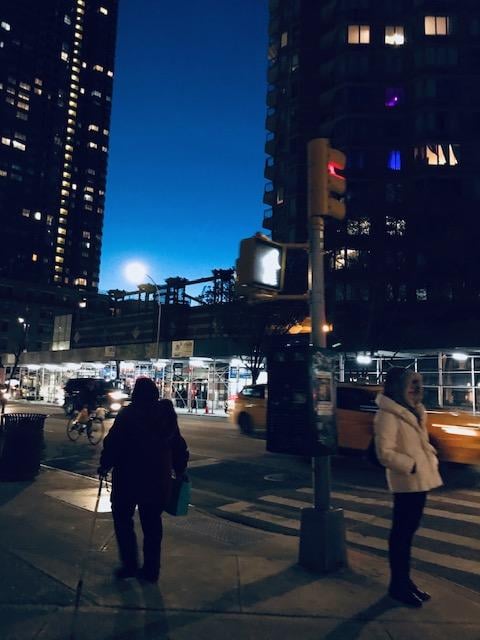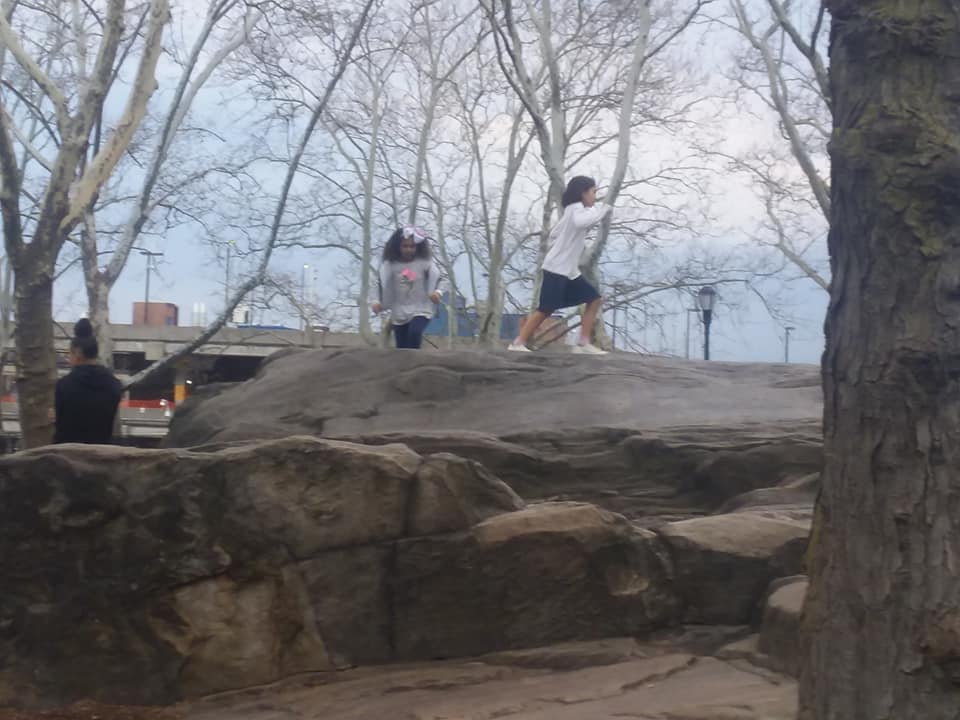
It’s the most famous (or infamous) section of the most famous (or infamous) city in the world. Hell’s Kitchen, New York City is generally ascribed to be that area in Manhattan from 34th Street to 57th Street, from 8th Avenue to the Hudson River. The population is roughly around 50,000, which would put it on par with cities such as Joplin, Missouri; Coral Gables, Florida and Galveston, Texas. The demographics break down to approximately 56% White, 19% Hispanic, 15% Asian, 7% African American. It has been home to some of the most famous people in the world, including Sylvester Stallone, Robert DeNiro, Tom Hanks and Alicia Keys. William Bonney grew up in Hell’s Kitchen before traveling out west to become Billy the Kid. Mobsters such as Mickey Spillane, James Coonan and Bill Dwyer made it their ‘hood’. The 1976 film Taxi Driver was filmed in Hell’s Kitchen and largely set in Hell’s Kitchen. The superhero Daredevil protects its citizens from criminal elements. For obvious reasons real estate developers have often tried to hide or even change the name in order to attract clients, preferring to label it either Clinton or Midtown West. I just call it home.


I’ve lived in Hell’s Kitchen since 2006, although my association with it goes back to the mid 1980’s. Back then I was producing and writing in the small black box theaters which peppered the area. Hell’s Kitchen in the 1980s was defined by its seedy exterior and dangerous undertones. The streets were lined with drug dealers, pimps and prostitutes, all of them competing for business. X rated movie houses were plentiful, offering a wide variety of cinematic oddities, in several different languages. Most, but by no means all of these establishments were located right on 42nd Street, between 8th and 9th Avenues. It was here that all your illegal and immoral wishes could come true, whether they be in the form of smoke, drink, powder or human. For a price.


Back then there was a stretch of 42nd Street between 9th and 10th Avenues optimistically called Theater Row. Relatively affordable performance and rehearsal spaces could be rented by ambitious theater companies with big dreams but small wallets. The problem was the subway let you off at 8th Avenue and many actors absolutely refused to walk down 42nd Street, especially after dark. They would instead walk over to 44th Street, make a left, walk over to 9th Avenue, make another left and then went to their theater, bypassing the dangerous stretch between 8th and 9th. In the late 1980s Rudy Giulliani was elected and whatever your thoughts may be of him recently, the one thing he absolutely did was clean up Hell’s Kitchen. Gone were the porn shops, the pimps and the prostitutes. Gone were the drug dealers and the illegal transactions committed in public. Disney came to town, opening a massive store right at the foot of 42nd and 8th. This was a definitive statement that the old times were gone.

It was soon followed by the New Amsterdam Theatre, McDonald’s, Applebees, Dave and Busters, etc. New movie theaters replaced the X rated ones, only these were the family friendly Regal, which had 13 legitimate movie screens and the AMC, which had 25. Theater Row, the garbage laden area which once housed gritty and ill-kempt performance spaces, transformed itself into a legitimate mecca for high end Off and Off off Broadway theater homes and the rise of both Playwrights Horizons and the Signature Theater brought a shine and polish to the scene.


In 2001 New York was rocked by the disaster of 9/11 and even though Hell’s Kitchen was a good distance away, the entire city felt the after shocks. In 2008 the housing bubble collapsed and many of the bigger financial firms in Manhattan lost their shirt. At first it was thought that real estate would naturally plummet in New York City as people looked for safer and more affordable areas to live but for some reason the exact opposite happened. The city dug in its heels and instead of collapsing, it blossomed. Huge skyscrapers ready for renters suddenly popped up and no one saw the benefits of this more than Hell’s Kitchen. Apartment complexes such as Silver Towers, Mima, Hudson Yards, Yotel and more lifted from the ground like some high priced Phoenixes, rising fifty, sixty, seventy floors and higher. These were equipped with gymnasiums, pools, parking lots, play areas for the kids, restaurants and more and as soon as one opened for business another one began its construction.


Prices range from two thousand to five thousand dollars a month and more for a relatively cramped one or two bedroom apartment but somehow people find the money. Fancy restaurants, coffee shops and theaters emerged to accommodate the influx of new people and seemingly overnight Hell’s Kitchen, which was once the dirtiest and most dangerous part of New York, is now one of the safest and most desirable places to raise a family. Still, not all is ideal.


While tall apartment complexes thrive, small businesses are in trouble. Every street has a For Sale or For Lease building where a small business used to be. Even worse, the past six years on 9th Avenue have seen closings of a Starbucks, a McDonald’s and a Dunkin Donuts, sure signs of the apocalypse.


Many of the long time residents of the area often talk of the chaotic periods of the sixties, seventies and eighties with wistful fondness. No one really wants to return to the wild west days of lawlessness, where cocaine and sex were being sold openly on the streets but there was an excitement, an energy and urgency to Hell’s Kitchen back then which has since been replaced by security and complacency. There is still crime, as there is in any big city, but now when it happens it is more often met with surprise as opposed to back then, when it was met with a shrug of the shoulders.


However bad the neighborhood used to be, if reports are to be believed there was a time when it was much, much worse. Irish gangs fought for control of the area and beatings, stabbings and murder were common. This is, according to many, how Hell’s Kitchen got its name in the first place. There are a number of stories on how the label first originated but my preference is the one involving Dutch Fred the Cop, a legendary police officer known for his toughness. It was during Prohibition, and crime was at its peak. One night there was a bloodbath involving hundreds of gang members and dozens of cops, the likes of which had not been seen before. With the lights flashing and the sirens wailing one of the reporters for the local newspapers went up to the grizzled veteran Dutch Fred the Cop and replied, ‘This must be what Hell is like,” to which Dutch Fred responded, ‘Hell is mild compared to this. This is Hell’s Kitchen.”
All photos by T. Sportiello

Be the first to comment